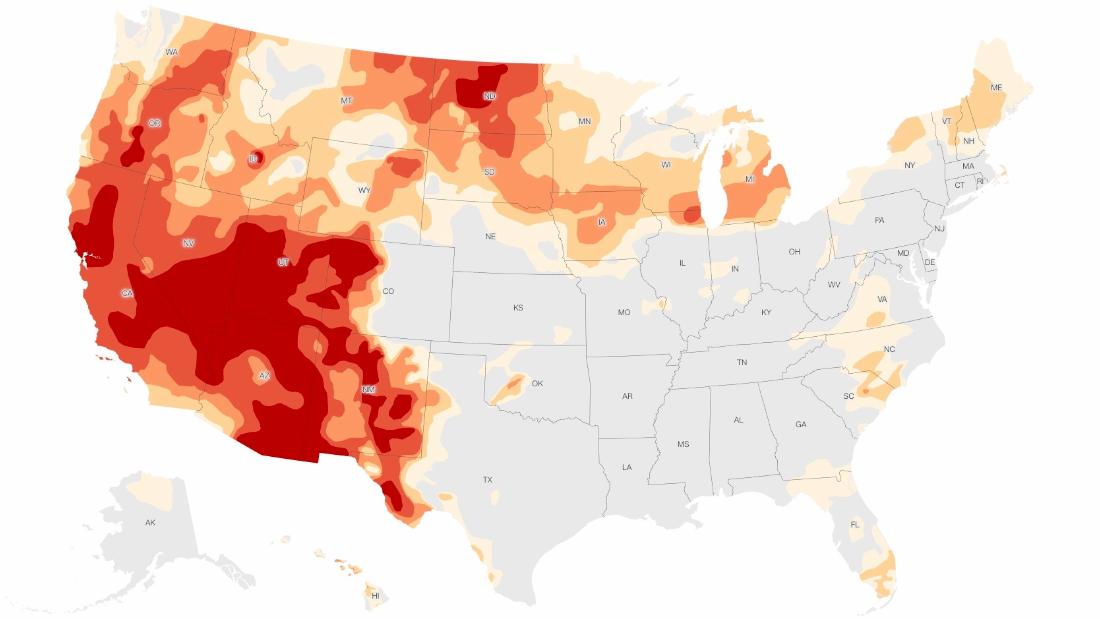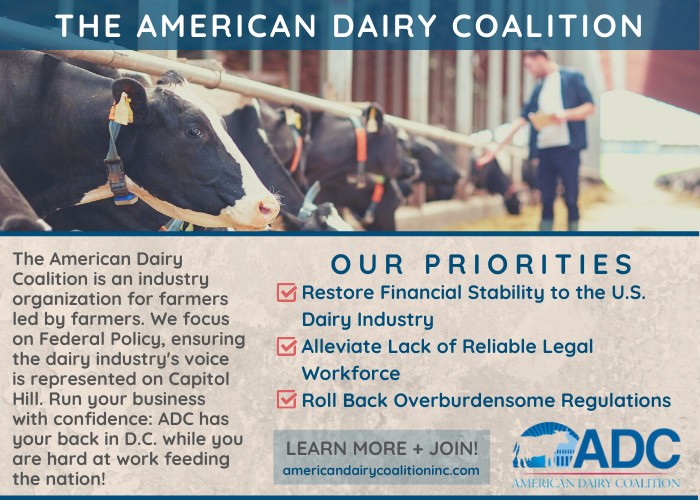 John LaRose Jr.
John LaRose Jr.
Topics: Precision AG , Agriculture US, Cover Crops, Crop Consultant, Crop Diseases, Plant Breeding, Coronavirus/COVID, Education,
-
(0)
-
Bookmark
- Comments (0)
 John LaRose Jr.
John LaRose Jr.
Topics: Agriculture US, Vegetables, Agriculture Global, Economics, Food/Nutrition,
-
(0)
-
Bookmark
- Comments (0)
 John LaRose Jr.
John LaRose Jr.
Topics: Agriculture US, Pesticides, Crop Consultant, Agriculture Global, Economics, Pest Control,
First Murder Hornet Found in USA This Year
If you thought the terrifying-sounding murder hornets would be a thing we'd leave in 2020, think [...]
-
(0)
-
Bookmark
- Comments (0)
06/21/2021 SOURCE: www.fastcompany.com
Seaweed serves as an excellent carbon sink, and so farming more of it to use in food could be an important step in the fight against climate change.
See inside a seaweed farm as it grow its carbon-sequestering crops
-
(0)
-
Bookmark
- Comments. (0)
 John LaRose Jr.
John LaRose Jr.
Topics: Agriculture US, Education U.S. West, Economics, Sustainability, Coronavirus/COVID,
Colorado Comeback Cash winner Pete Vegas has sustainable agriculture plan for money
Boulder has new winners in Colorado’s vaccination lottery. Pete Vegas received $1 million in prize money, and 13-year-old Levi got a $50,000 scholarship.
-
(0)
-
Bookmark
- Comments (0)
 John LaRose Jr.
John LaRose Jr.
Topics: Precision AG , Agriculture US, Crop Consultant, Agriculture Global, Economics, Sustainability, Government / Policies,
New RRCA Agri-Action Advisory Service looking to help local farmers
Conservation authority announces funding program to assist farmers with implementing best practices on their lands.
-
(0)
-
Bookmark
- Comments (0)
 John LaRose Jr.
John LaRose Jr.
Topics: Agriculture US, Crop Consultant, Education U.S. MidWest, Economics, Sustainability, Research, USDA,
USDA reminds farmers to file crop acreage reports
Ag producers who have not yet completed their crop acreage reports after planting should contact the FSA office before July 15 deadline.
-
(0)
-
Bookmark
- Comments (0)
 John LaRose Jr.
John LaRose Jr.
Topics: Precision AG , Agriculture US, Water, Economics, Sustainability, USDA, Weather,
-
(0)
-
Bookmark
- Comments (0)
-
(0)
-
Bookmark
- Comments (0)
 Randy Krotz
Randy Krotz
Topics: Wheat, Agriculture US,
Getting close to harvesting our wheat in North Central Kansas.
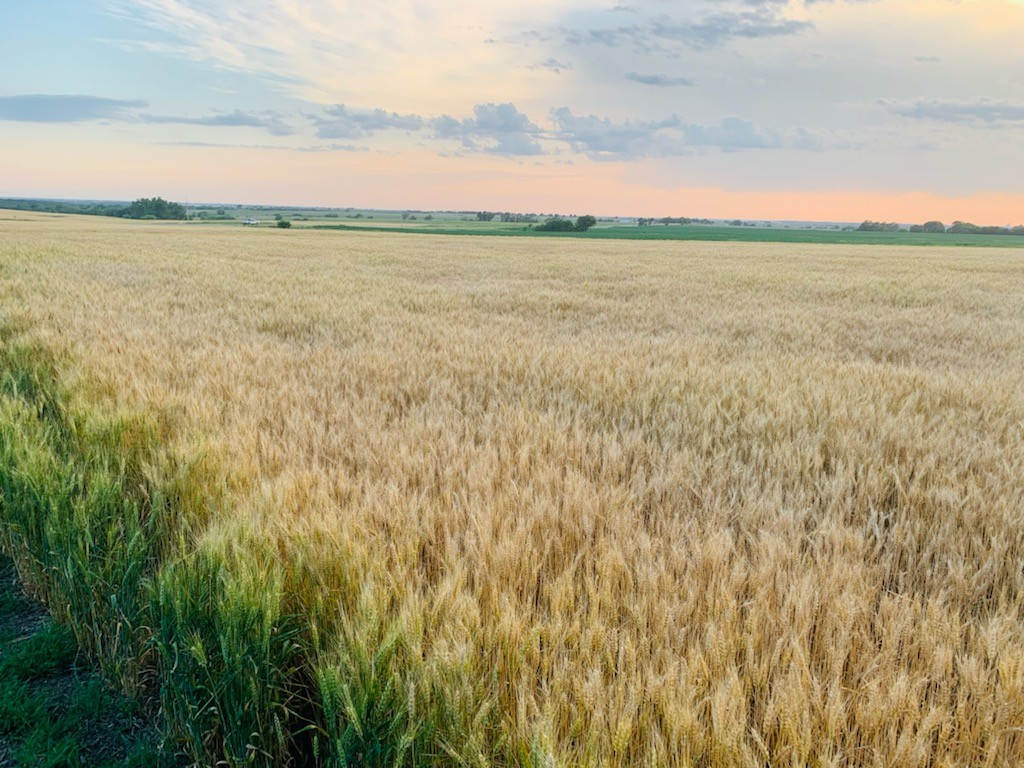
-
(0)
-
Bookmark
- Comments (0)


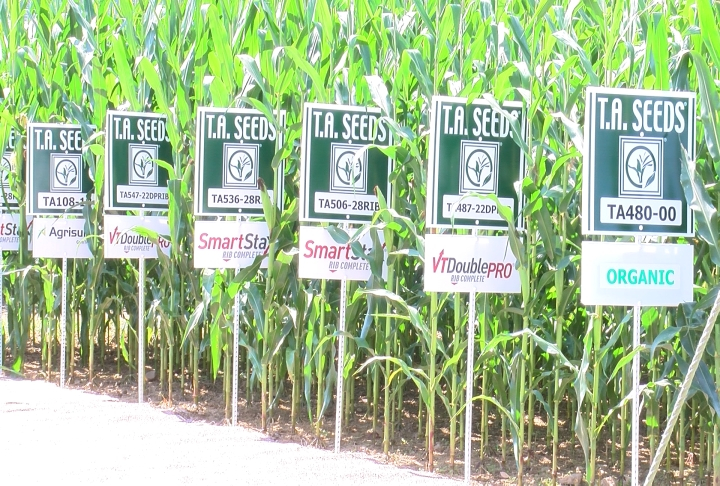
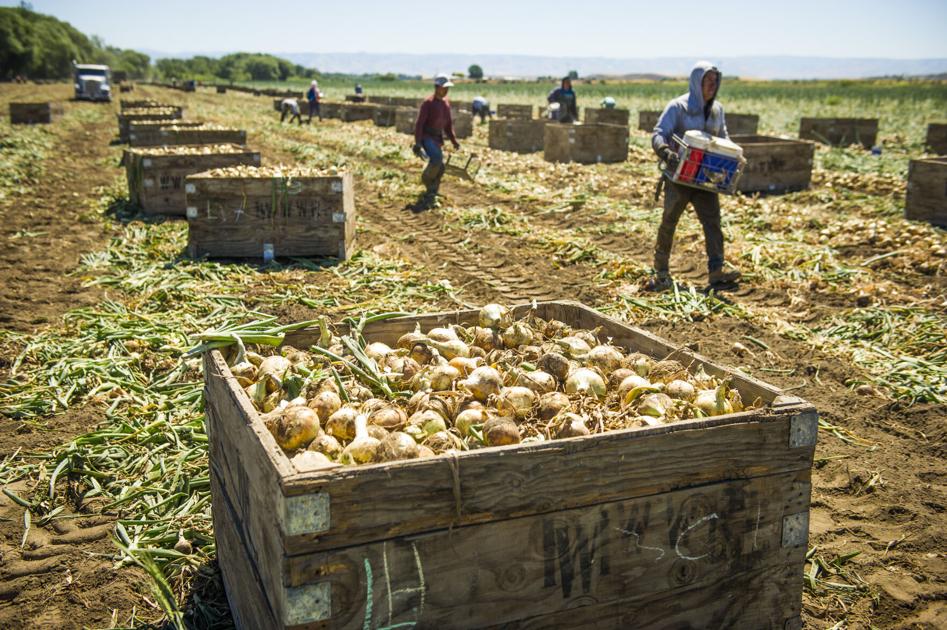
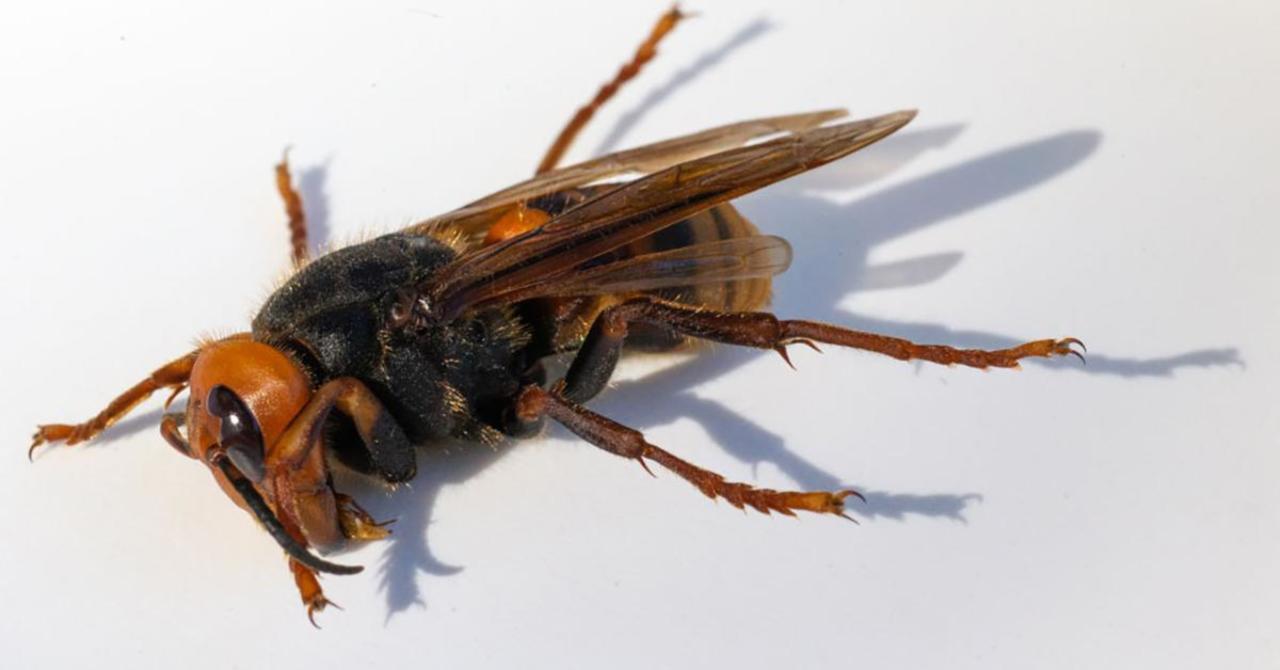
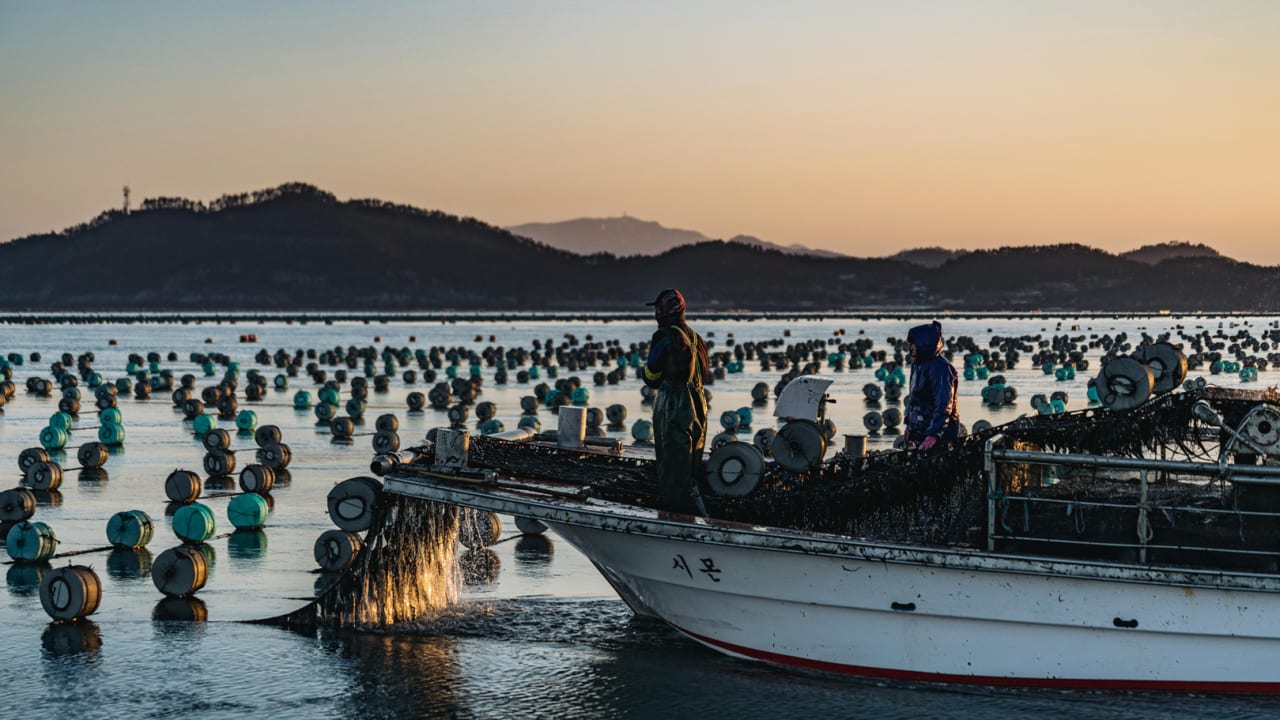

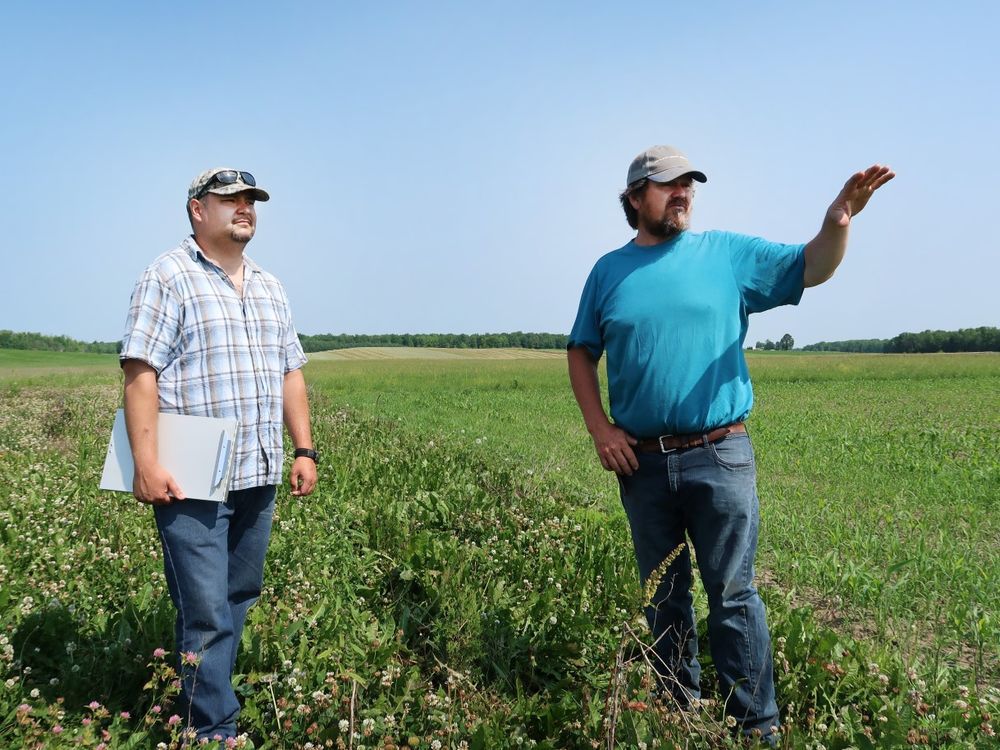
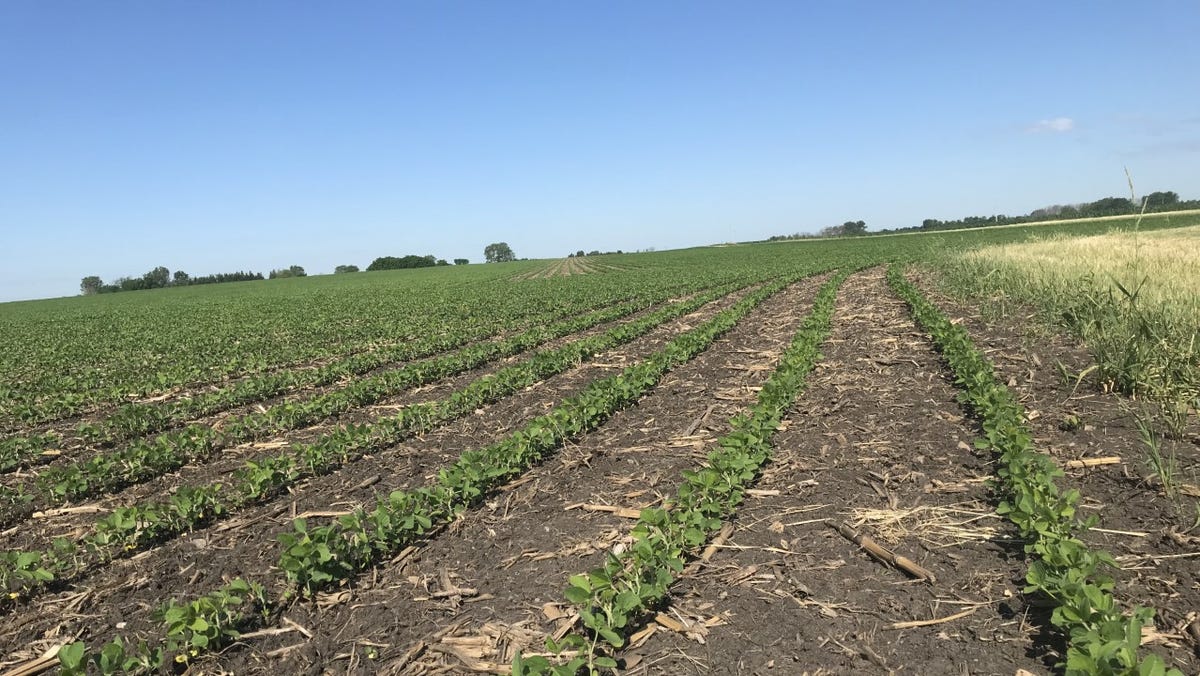
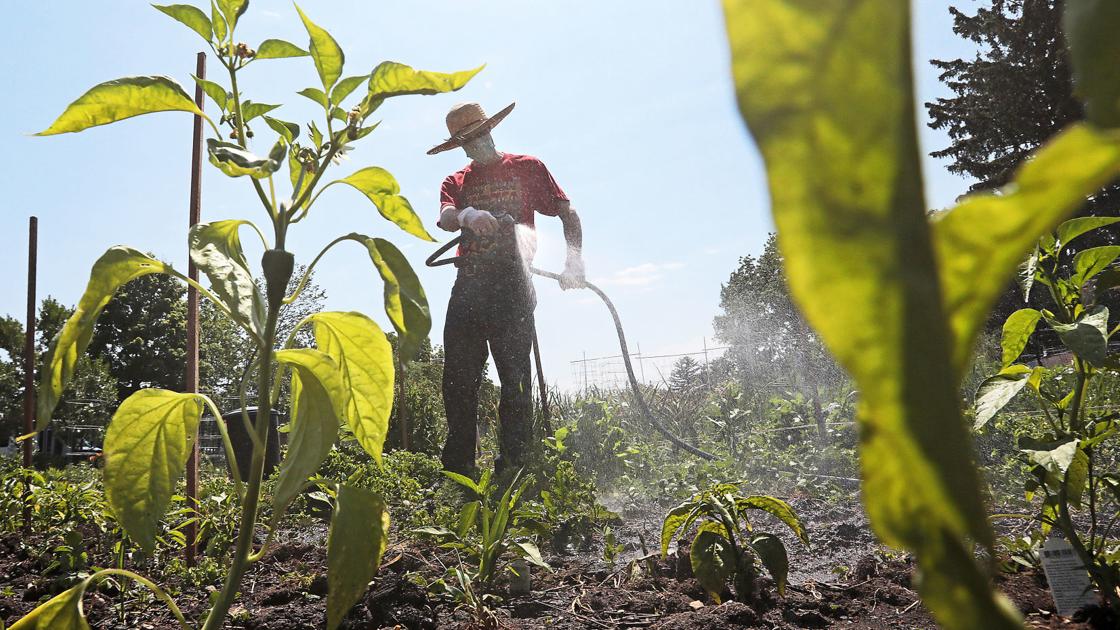
 Nancy Kavazanjian
Nancy Kavazanjian
